In the summer-autumn crop of 2025, Ms. Tran Thi Phuong (Luong Hoi village, Khanh Vinh Yen commune, Can Loc) planted nearly 9 sao of rice but only bought new rice seeds for 3 sao, the rest used seeds from the previous crop. Ms. Phuong shared: "My family has kept the old seeds from our fields for many years, choosing healthy plants from the spring crop and then leaving them. Doing so saves nearly 200,000 VND in seed costs each crop."
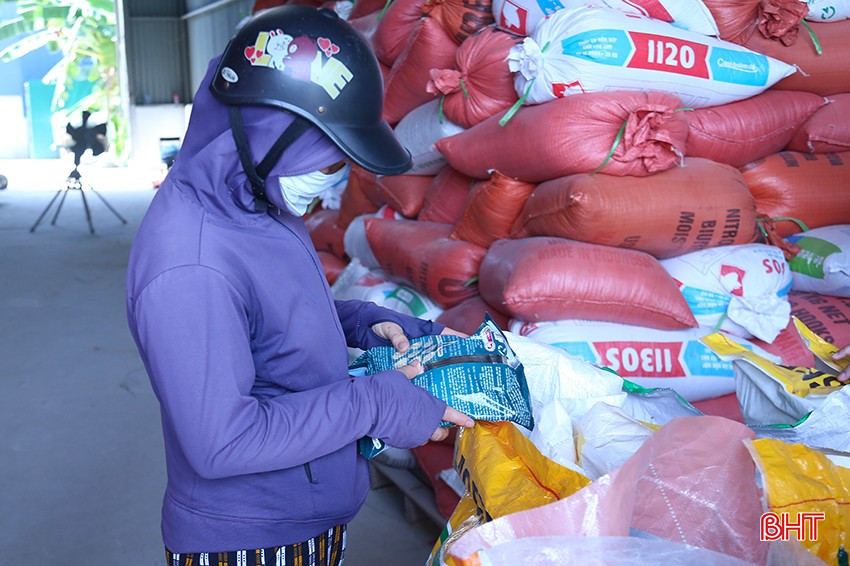
Not only Ms. Phuong's household, the situation of using seeds in the same crop is also common in many other localities. This summer-autumn crop, Luu Vinh Son commune (Thach Ha) planted nearly 870 hectares of rice, mainly with varieties such as Khang Dan 18, Nep 98, Xuan Mai, Bac Thinh... Although the commune government has actively promoted the recommendations of the professional sector, because the summer-autumn crop is under great pressure in terms of seasonality, following the motto "harvest to where, prepare the land, plant seeds there" along with the mentality of wanting to save costs, many households still prioritize reusing seeds from the spring crop to sow and plant in time for the crop.
Records at agricultural supply stores in the province show that, although it is the peak season for summer-autumn rice cultivation, the amount of seeds sold is very low. This clearly reflects the trend of using old seeds, which is accounting for a high proportion in people's production. Mr. Phan Van Hung - representative of Central Vietnam Seeds and Agricultural Materials Company Limited (Nghen town, Can Loc) said: "For the summer-autumn crop, the company only plans to sell about 2 tons of rice seeds (equal to 1/10 of the spring crop), mainly TBR97, Bac Thinh...".

According to Ha Tinh's professional sector, in the 2025 summer-autumn crop, the whole province will cultivate more than 45,170 hectares of rice, equivalent to the demand for about 2,500 tons of seeds. However, people mainly use seeds from the spring rice harvest. The rate of self-cultivation of seeds accounts for about 70%; only about 30% of new seeds are purchased, mainly certified 1. This situation is one of the reasons for the difference in productivity between regions, unstable quality, increasing barriers in implementing large fields and developing the value chain of commercial rice.
Mr. Duong Cao Son - Vice Chairman of Dong Mon Ward People's Committee (Ha Tinh City) said that in recent years, the summer-autumn rice yield in the area has improved, but the highest is only nearly 50 quintals/ha. Besides the short season and farming techniques, the fact that people still maintain the habit of using rice varieties left over from the previous crop also partly causes the plants to grow unevenly, leading to some rice fields being high and some low, with a higher rate of empty grains than the spring crop.
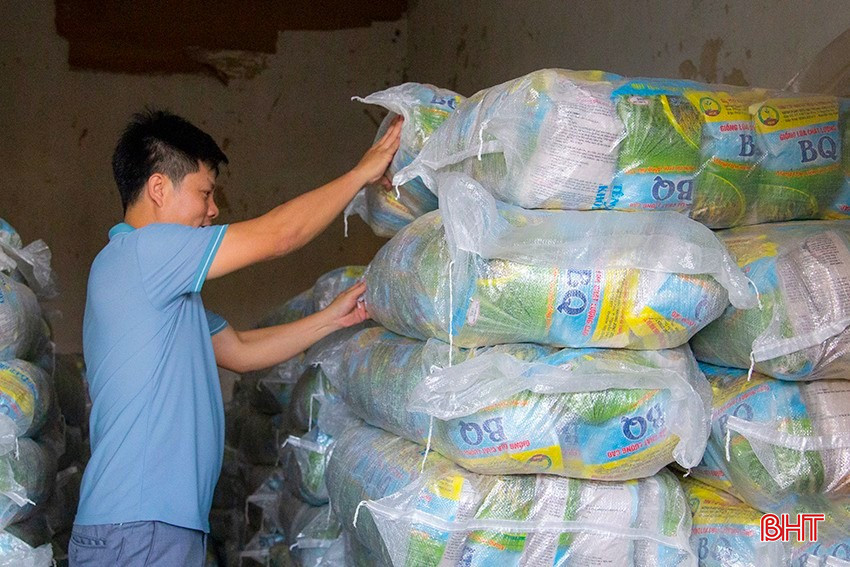
Furthermore, continuous-crop rice varieties are not quality-controlled like original or certified varieties provided by seed production facilities. After each crop, rice varieties will gradually degenerate genetically and physiologically, and their ability to resist natural pests and diseases will decrease. Seeds are likely to carry pathogens from the previous crop (such as blast, brown planthopper, leaf blight, etc.), which continue to spread widely when planted in the field.
According to Mr. Le Tung Duong - Deputy Head of the Department of Rural Development and Quality Management (Department of Agriculture and Environment), the habit of leaving seeds for the next crop is one of the major limitations in current rice production. This not only affects the productivity and purity of the seeds, but also makes the plants grow worse, reduces the value of goods and makes it difficult to control quality in mass production. The industry recommends that people need to invest reasonably in seeds, especially prioritizing the use of certified seeds of level 1 or level 2 to ensure stable productivity, improve the quality of agricultural products and reduce the risk of pests. The province has paid attention to directing seed suppliers to increase production and distribution capacity, creating conditions for people to easily access seeds that meet quality standards.
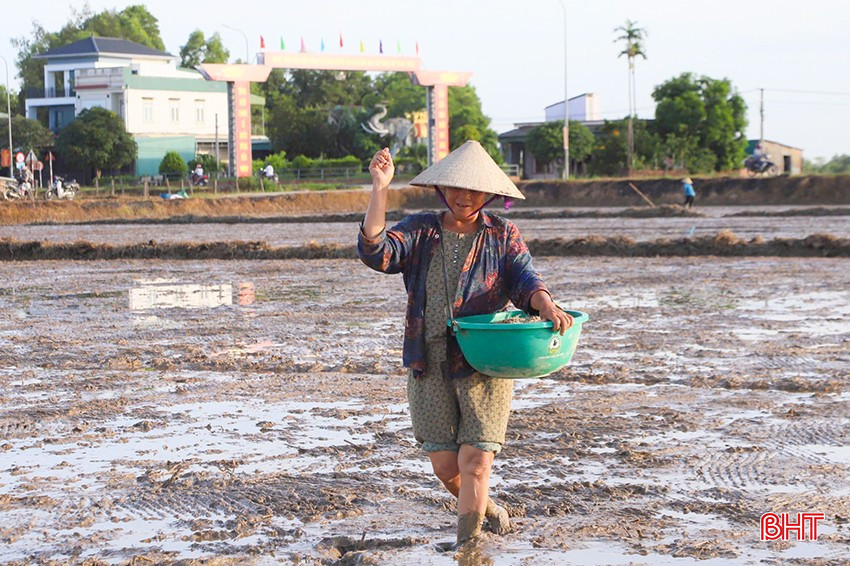
In fact, in some localities, when people change their production thinking, switch to using new quality varieties and have a systematic organization in cultivation, production efficiency has clearly changed. Mr. Nguyen Bang Tan - representative of Dong Tien Agricultural Cooperative (Dong Mon Ward, Ha Tinh City) said: "On a field of nearly 7 hectares, in recent crops, the cooperative has switched to using completely new purchased varieties. Choosing standard varieties from the beginning, combined with applying technical measures, has helped the plants grow evenly, the yield has increased significantly, reaching nearly 2.55 quintals/sao, about 0.3 quintals/sao higher than before. At the same time, the quality of commercial rice has also improved significantly, with less empty grains and a milling rate of over 70%".
Eliminating the practice of using seasonal seeds cannot happen overnight, but requires a synchronous and long-term roadmap. That requires a combination of awareness-raising propaganda, technical support, reasonable adjustment of seed price policies and building a close linkage mechanism between enterprises - cooperatives - farmers. At the same time, promoting land accumulation and forming concentrated production areas towards commodities is also a leading solution, contributing to changing production thinking and promoting agricultural development towards modernity, efficiency and sustainability.
Source: https://baohatinh.vn/bo-thoi-quen-su-dung-giong-lua-lien-vu-trong-gioi-cay-he-thu-post289371.html



![[Photo] Third session of the Committee for Drafting Amendments and Supplements to a Number of Articles of the 2013 Constitution](https://vphoto.vietnam.vn/thumb/1200x675/vietnam/resource/IMAGE/2025/6/11/16cab51dafc741719485978eb3ed8ce3)
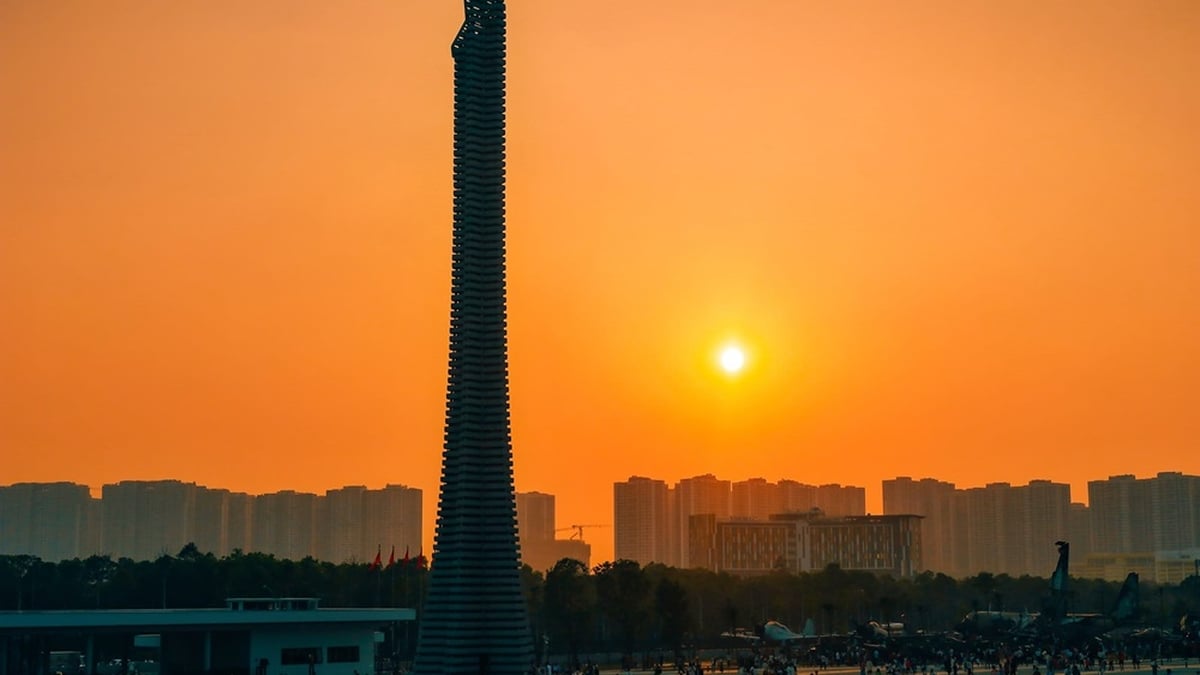

![[Photo] National Assembly Chairman Tran Thanh Man receives Australian Ambassador](https://vphoto.vietnam.vn/thumb/1200x675/vietnam/resource/IMAGE/2025/6/11/00fde116cd17416584f9c6d23619e1c0)
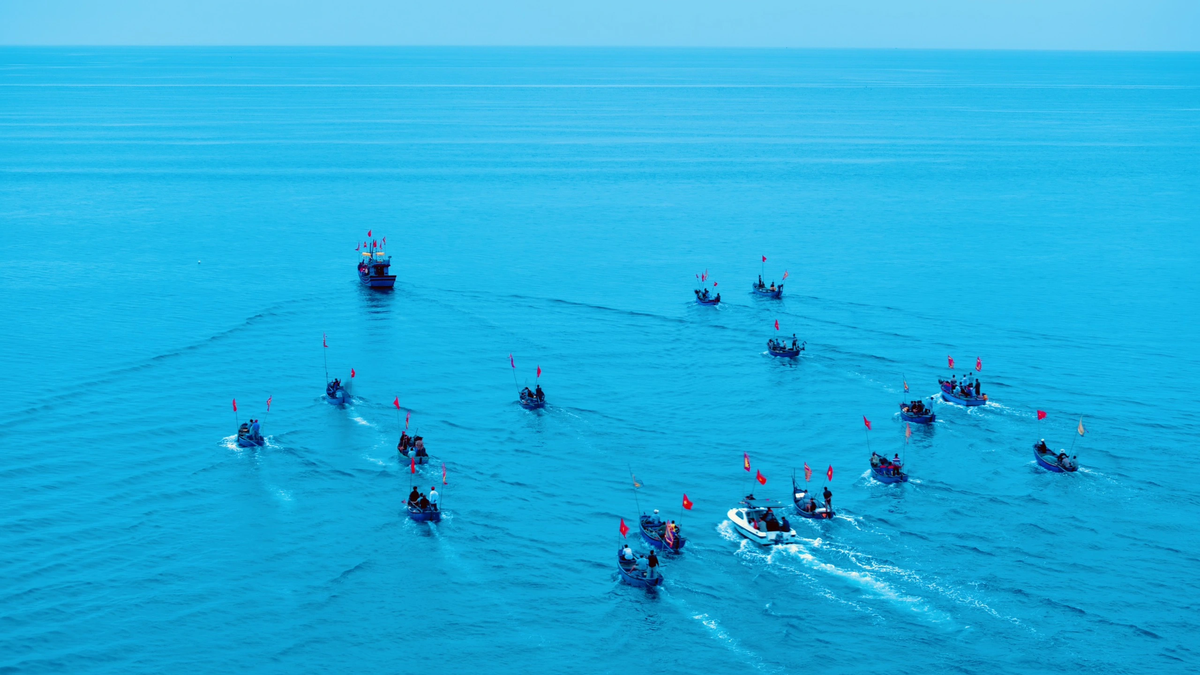
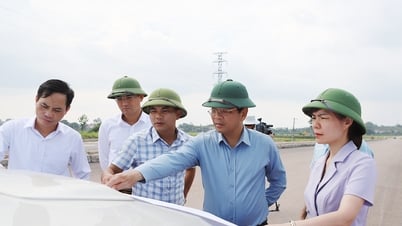



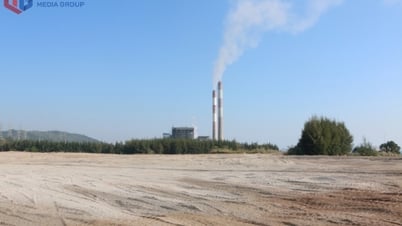



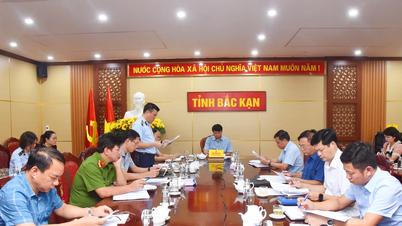







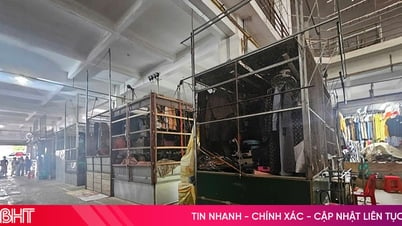
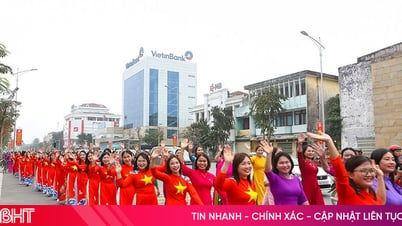
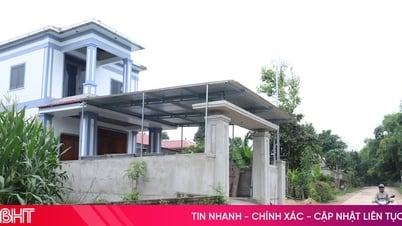
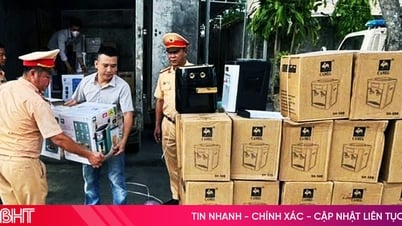
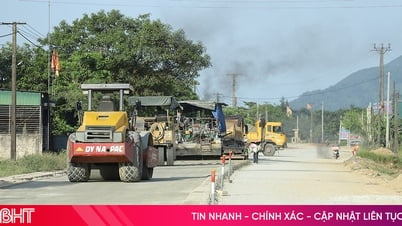

![[Photo] General Secretary To Lam works with Lam Dong, Binh Thuan and Dak Nong provinces](https://vphoto.vietnam.vn/thumb/1200x675/vietnam/resource/IMAGE/2025/6/11/c3e736d90cda4fe78f96c9bfb68d4e0b)



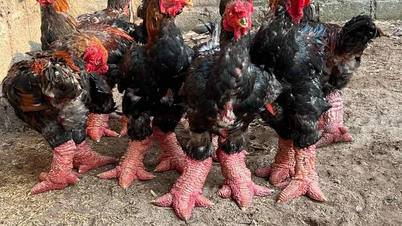

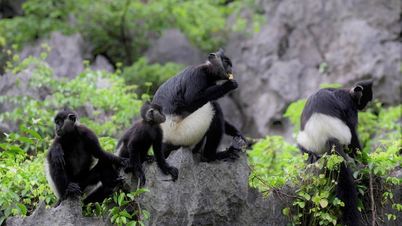










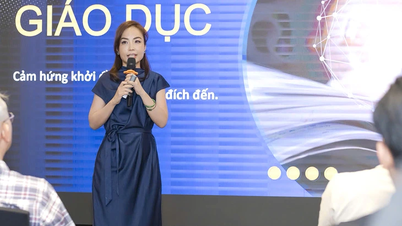
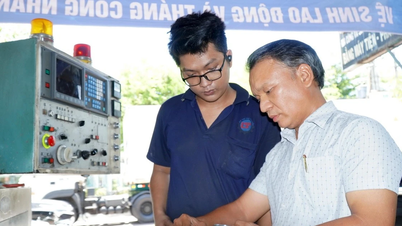





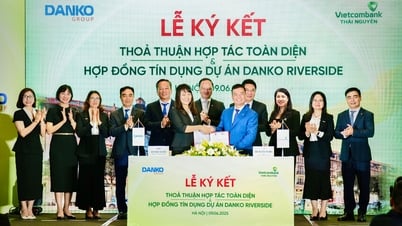

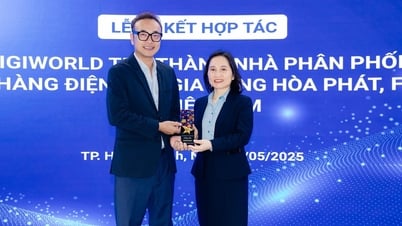




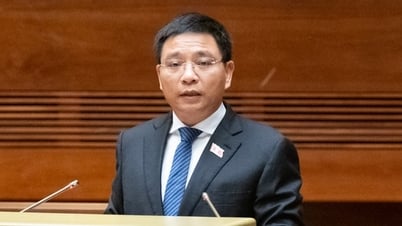





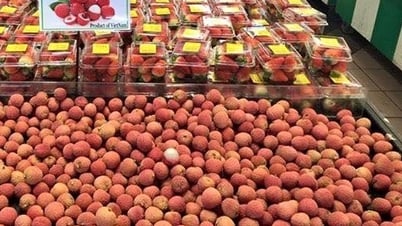
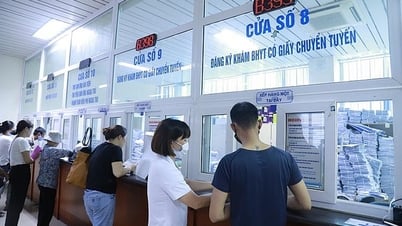



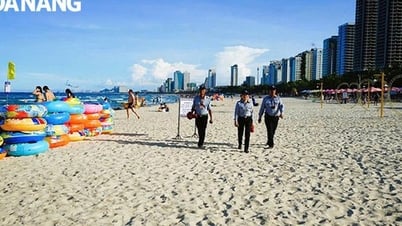



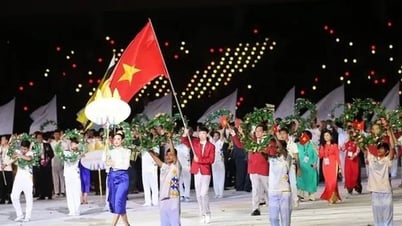




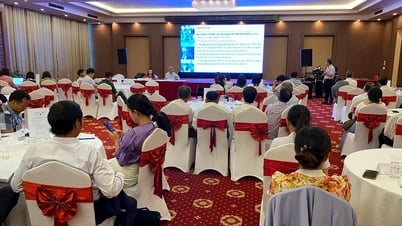
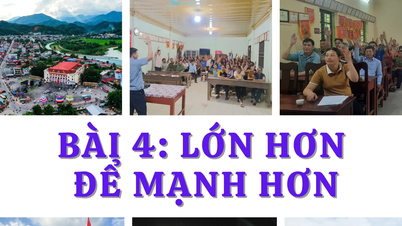
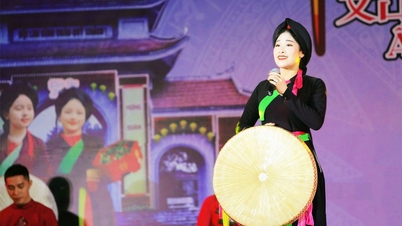


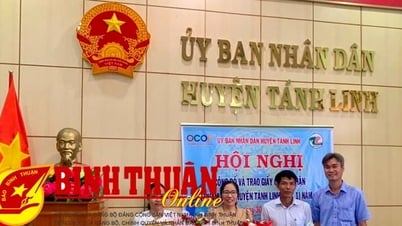

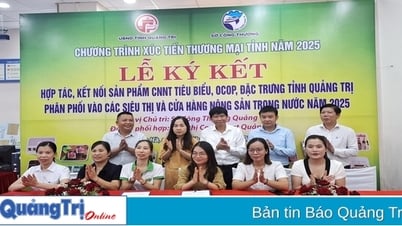



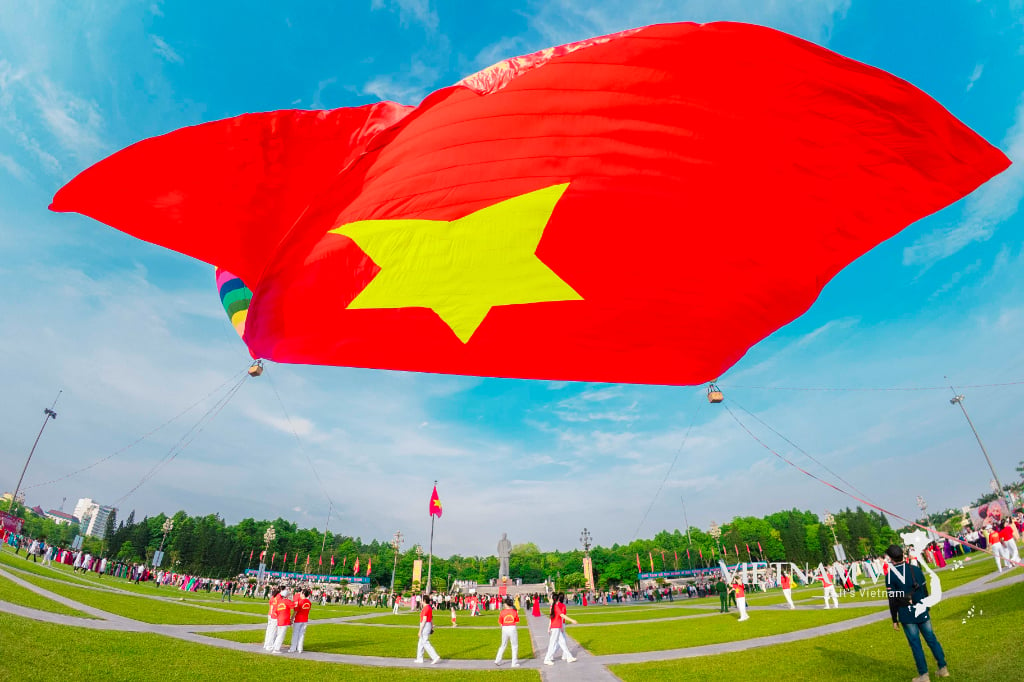


Comment (0)